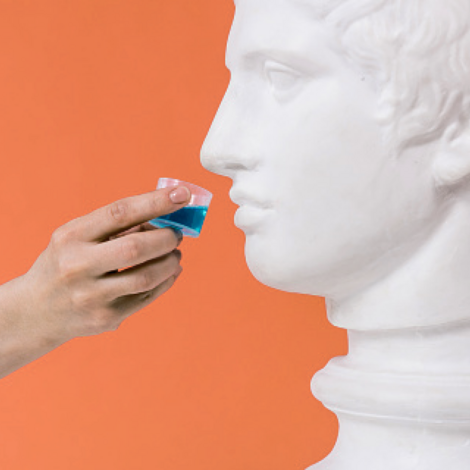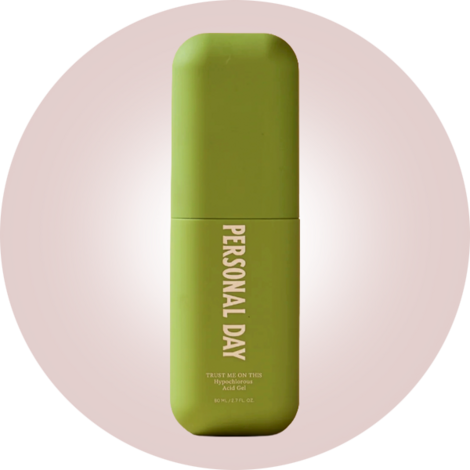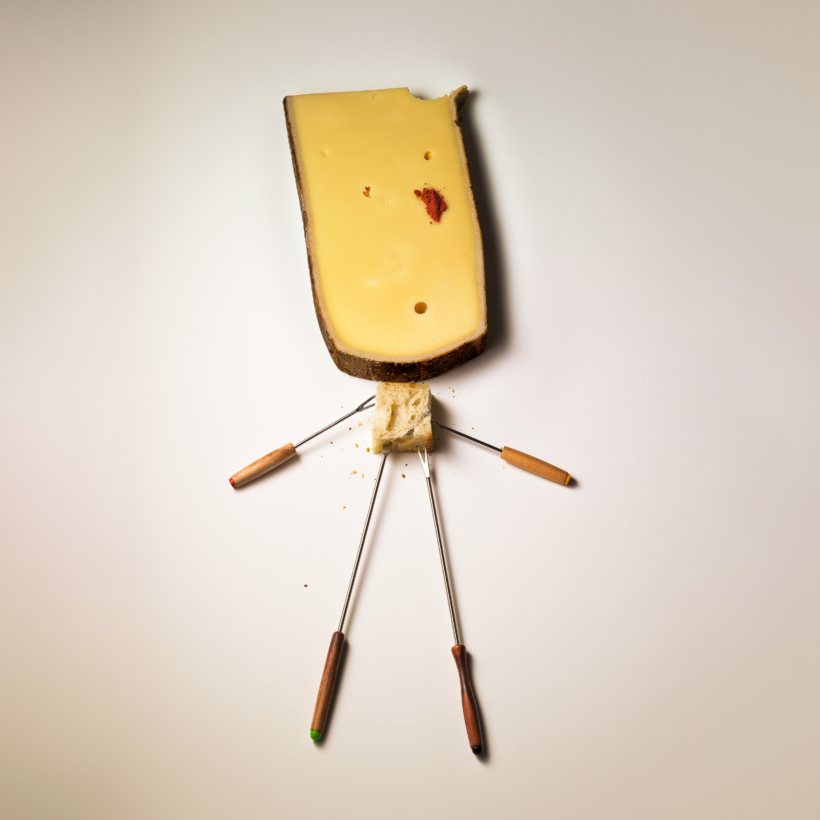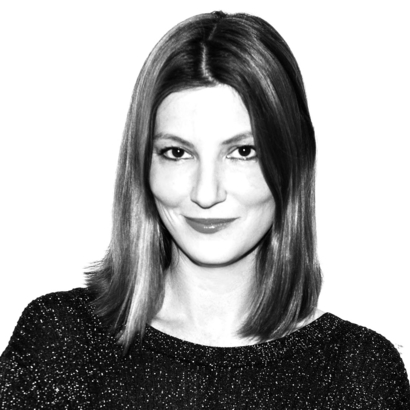When I walked out of my house in London to buy cheese for a dinner party, some people thought it was strange that I went all the way to Barthélemy, a superlative cheesemonger. In Paris.
But such is my devotion to dairy. Even though I’ve been calorie-conscious since age 12 (what? I’m a child of the 90s) I’ve never abandoned whole-milk cappuccinos, demi-sel butter, or a drive-by slice of Swiss.
Now, at long last, I’m not an outlier among my fellow wellness warriors. The latest research is clear: dairy is not as inflammatory, fattening, or downright nefarious as we may have thought. For those without an allergy to any of the components of cow’s milk—lactose, casein, and whey—it may even have anti-inflammatory effects, according to a 2017 review of 52 clinical trials published in Critical Reviews in Food Science and Nutrition.
For all those years, the conventional wisdom around dairy was to minimize, avoid, or perhaps, as with sugar, eliminate it entirely. What drove the propaganda? “It came out of the paleo and raw-foods movements,” says Dana James, a certified dietician/nutritionist and author of The Archetype Diet. “Ten years ago, there was emerging research showing that the peptides in dairy could potentially alter your chance of getting diabetes or increase the risk for a cardio-metabolic issue. Since then, there’s been a significant amount of research disproving that.”
Milk-based products are dripping with all sorts of active compounds and nutrients, including vitamin D, calcium, fats, and proteins. Gut-friendly fermented products such as yogurt and kefir have been found to enhance the immune system, reduce risk of becoming overweight, and decrease cholesterol. Some studies have shown an association between consuming low-fat dairy products and a lower risk of developing type 2 diabetes.
In fact, avoiding the category entirely may come with its own risks. “If you’re not eating dairy, you really have to watch your calcium intake and eat more [calcium-rich] nuts and seeds,” says James, who favors organic, grass-fed whole milk and yogurt over plant-based alternatives, which are often laced with sugar. (Oatly oat milk, for one, has 7 grams of added sugar and 16 grams of carbohydrates per serving.)
The latest research is clear: dairy is not as inflammatory, fattening, or downright nefarious as we may have thought.
Now, don’t go crazy—dairy, too, should be consumed in moderation. When it comes to caloric density and fat content, Brie is no cottage cheese, and consuming large quantities of anything, except maybe celery, leads the body to store fat.
“From a fat-loss perspective, I don’t advise a client to drink a whole-milk cappuccino,” she says. “To me, cheese should be looked at as a treat—a sprinkling on a salad.” That’s because its deliciousness can lead to overindulgence; one cube of cheddar can easily turn into four.
Since many cheeses are high in protein, should we make a slice of saganaki the centerpiece of a meal? “Dairy is a fat, not protein,” says James. “And we want to make sure all of our fats, proteins, and carbohydrates are balanced with fruits and vegetables. You need to get those phytonutrients in order to have a healthy diet.” In short: don’t be a glutton. But at Lily of the Valley, a health spa in St. Tropez, two thin slices of Comté were served alongside my eggs each morning, and I still managed to lose four pounds in three days.
Meanwhile, cheese sales are booming. In 2021, nearly $40 billion worth was sold in the United States. Exquisite wedges of Jake’s Aged Gouda and Cabot Clothbound Cheddar are flying off the shelves at Talbott & Arding Cheese and Provisions, in Hudson, New York. Proprietor Kate Arding agonizes over finding the very best artisan producers, and her obsessive regulars love her for it.
No wonder there’s now a growing cadre of “cheeseboard” influencers all over Instagram. “Many of us find cheese comforting,”says Talbott. It’s a key component of the “girl dinner,” accessorized with a few slices of salami and some olives.
Some of the regulars at the Mark Restaurant in New York City who usually order the kale salad are now embracing a more sybaritic dish. In November, Jean-Georges Vongerichten and his longtime chef de cuisine, Pierre Schutz, reimagined its outdoor dining sheds that line Madison Avenue as the Mark Chalet. Yes, there is lentil soup and a delicately sauced arctic char, but the real draw is the cheese fondue, an homage to the Alpine culture of Schutz’s native Switzerland.
Now, scoring one of the few tables at the Chalet is almost a blood sport. “We’re booked two months out,” says Vongerichten. “People are texting me all day about this. Last night, we had 80 covers, and 60 of them ordered fondue.” Fondue has also returned to chef Andrew Carmellini’s Lafayette restaurant in NoHo and is the centerpiece of the menu at the Hotel Indigo’s Winter Chalet pop-up in Brooklyn.
Vongerichten’s culinary empire extends from Kyoto to Las Vegas, and the cheese plate is now a staple of every one. “More and more, people are ordering them at the end of the meal instead of dessert,” he says. “It’s high-calorie but high-quality. You know, I grew up in Alsace. And we know that it’s good for the gut!”
Ashley Baker is the Executive Editor at Air Mail Look and a co-host of the Morning Meeting podcast





